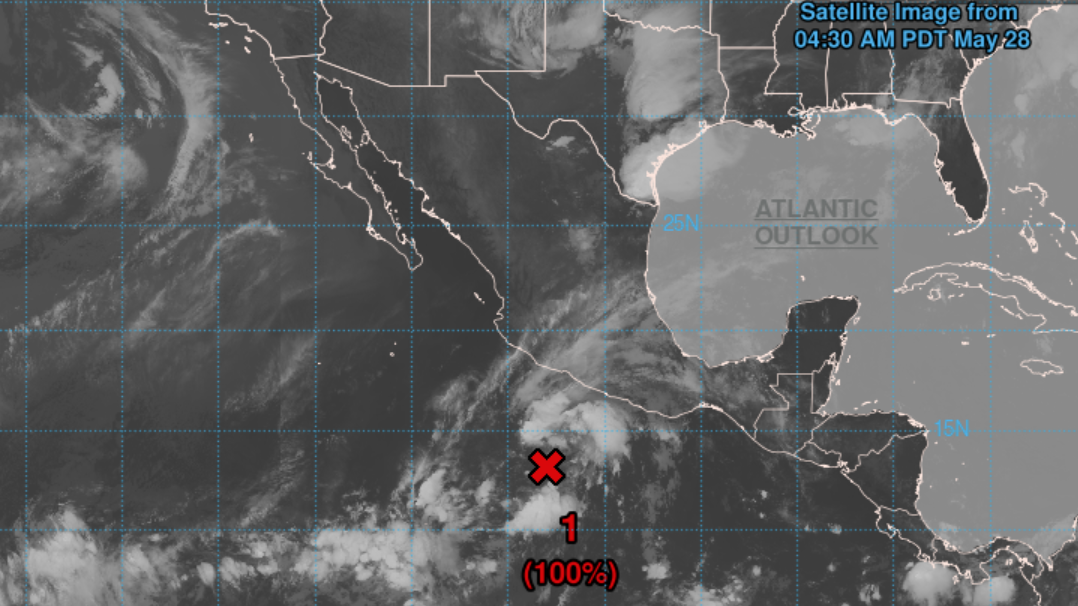Now Reading: Forecasters Predict Tropical Storm Alvin to Form, Marking Start of Pacific Hurricane Season
-
01
Forecasters Predict Tropical Storm Alvin to Form, Marking Start of Pacific Hurricane Season
Forecasters Predict Tropical Storm Alvin to Form, Marking Start of Pacific Hurricane Season

Rapid Summary:
- Meteorologists predict rainclouds and thunderstorms off Mexico’s Pacific coast will trigger Tropical Storm Alvin, potentially the first tropical cyclone of the 2025 Western Hemisphere season.
- NOAA’s National Hurricane Center projects a near 100% chance of storm formation within 48 hours, with conditions favoring intensification into a hurricane possibly by May 29.
- As of May 28, low-pressure systems producing heavy rainfall were located south of Acapulco and moving west-northwest at approximately 10 mph (16 km/h).
- Currently, the system appears likely to weaken in the Eastern Pacific without making landfall. However, it could veer northeastward causing stormy weather along Mexico’s coastline by May 31.
- Tropical cyclones develop when moisture levels are high with light winds but can escalate to hurricanes if sustained wind speeds exceed 73 mph (117 km/h).
- Strong ocean temperatures fueled heightened activity during past hurricane seasons; this year’s Atlantic season is forecasted to feature above-average storms while Central Pacific activity may remain lower than average.
Indian Opinion Analysis:
Tropical storm Alvin doesn’t directly affect India geographically but underscores an interconnected reality for global climate dynamics. Cyclones elsewhere can influence monsoon patterns or broader atmospheric conditions impacting india’s agriculture-dependent economy. Furthermore,predictions of intensified storm seasons highlight ongoing concerns about climate-induced changes due to warming oceans-a relevant issue given South Asia’s vulnerability to similar extreme weather events like tropical cyclones originating in the Bay of Bengal or Arabian Sea.
India might use lessons from intensified meteorological forecasting globally to refine its disaster management strategies further. With international frameworks emphasizing collaboration on climate resilience-especially among developing nations-incidents like these stress shared accountability towards more robust preventative measures against destructive forces exacerbated by worsening environmental disruptions.























